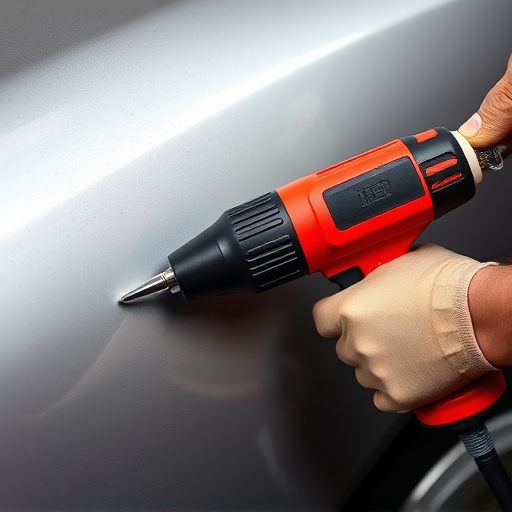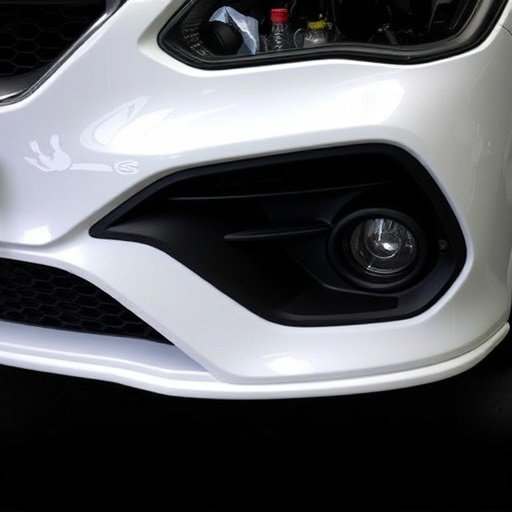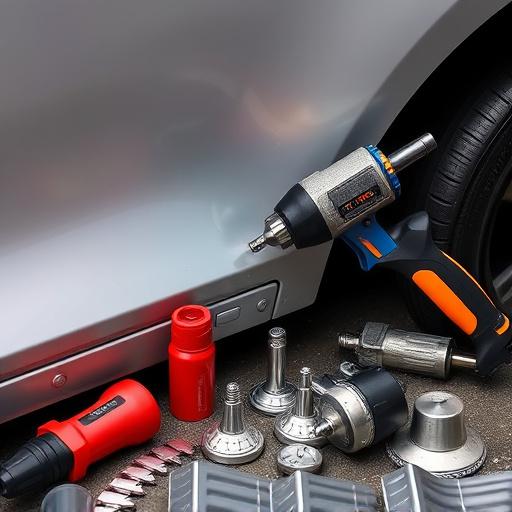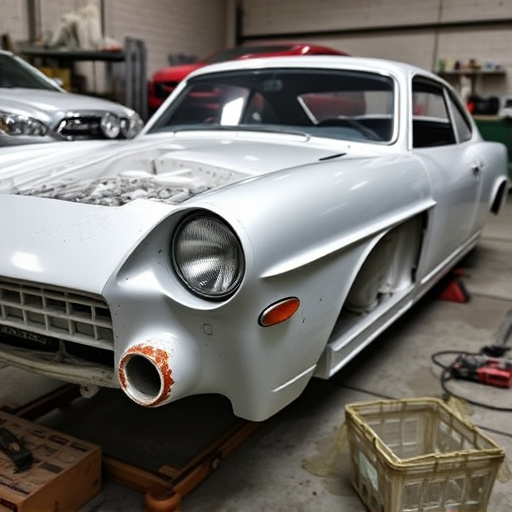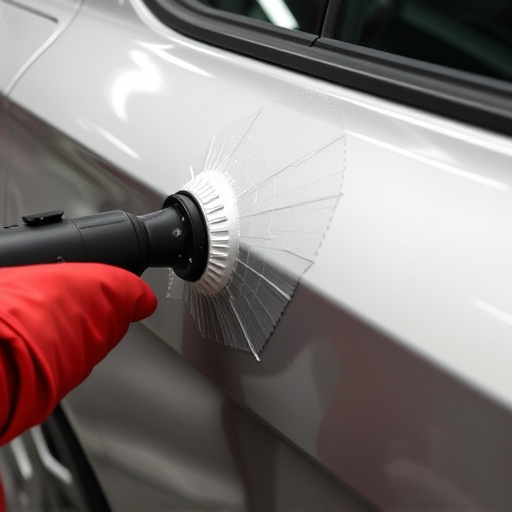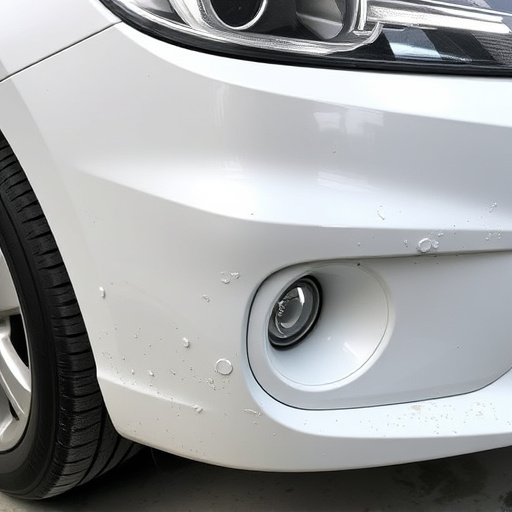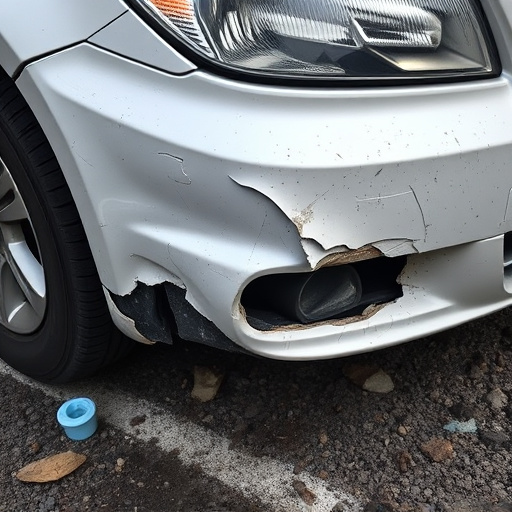Mercedes High-Voltage Disconnect (HVD) systems are critical for modern EVs' safety and operation. Auto repair services specializing in Mercedes EVs require specialized training and tools to securely maintain these intricate electrical systems, ensuring tasks like battery pack replacement without electrical hazards. Insulated tool protocols prevent short circuits during collision repairs, minimizing damage and injury risks. These protocols enhance efficiency, accuracy, and productivity while reducing costs and preserving vehicle quality, making them a vital safety measure for car body shops and auto body painting processes.
Mercedes high-voltage disconnect (HVD) systems are transforming automotive safety protocols. These advanced mechanisms control and isolate high-voltage components, enhancing driver protection and system reliability. This article delves into understanding Mercedes HVD systems, exploring the critical role of insulated tool protocols in ensuring safe operation. We’ll discuss the benefits of this technology and provide implementation practices, highlighting why Mercedes HVDs are becoming a game-changer in vehicle electrification.
- Understanding Mercedes High-Voltage Disconnect Systems
- The Role of Insulated Tool Protocols in Safety
- Benefits and Implementation Practices
Understanding Mercedes High-Voltage Disconnect Systems
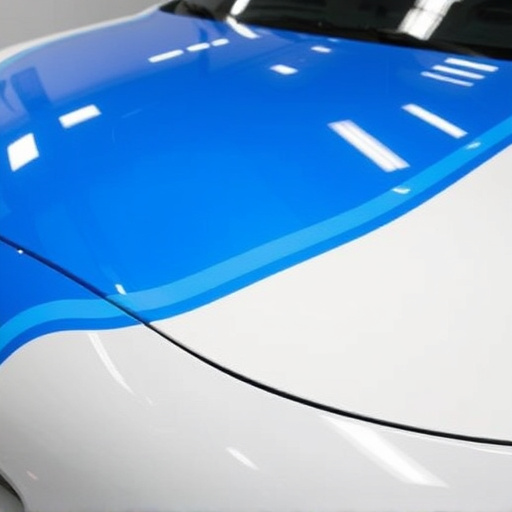
Mercedes High-Voltage Disconnect (HVD) systems are an integral part of modern vehicles, particularly those with advanced electric and hybrid powertrains. These systems play a crucial role in ensuring vehicle safety by isolating high-voltage components during service or repair. Understanding how these HVDs function is essential for car repair services specializing in electric vehicles (EVs).
When it comes to repairing or maintaining Mercedes EVs, auto dent repair techniques alone are not sufficient. Proper training and tools designed specifically for high-voltage work are required to safely navigate the intricate electrical systems within these vehicles. By adhering to insulated tool protocols, certified technicians can effectively perform tasks such as battery pack replacement, motor repairs, and diagnostic checks without risking short circuits or electrical hazards, thereby guaranteeing both optimal vehicle performance and the safety of repair personnel.
The Role of Insulated Tool Protocols in Safety

The implementation of insulated tool protocols plays a pivotal role in ensuring safety when dealing with Mercedes high-voltage disconnect systems. These protocols are designed to prevent electrical faults and short circuits, which can be highly hazardous in vehicle collision repair settings. By utilizing specialized tools that meet these standards, auto body services and auto collision repair professionals can effectively isolate high-voltage components without risking potential damage or injury.
Such protocols are particularly crucial during complex repairs where high-voltage systems require careful manipulation. Insulated tools help maintain a safe distance between the technician and powerful electrical currents, reducing the risk of severe accidents. This is especially relevant in modern vehicles, where high-voltage disconnects are integral to advanced safety features, making their proper handling an essential aspect of vehicle collision repair.
Benefits and Implementation Practices

The implementation of Mercedes high-voltage disconnect systems with insulated tool protocols offers a multitude of benefits for both car body shops and auto body painting processes. By prioritizing safety through these protocols, mechanics can effectively prevent short circuits and electrical hazards when performing tasks on modern vehicles equipped with complex electrical systems. This is particularly crucial in the intricate process of dent removal, where precision tools must interact with high-voltage components without causing damage or sparking.
Additionally, these practices enhance efficiency and accuracy. Insulated tools ensure that repair processes can continue uninterrupted, minimizing downtime and maximizing productivity. In a bustling car body shop, this means streamlined workflows and reduced costs associated with electrical failures. Moreover, the meticulous approach to Mercedes high-voltage disconnect procedures contributes to higher-quality repairs, preserving not just the vehicle’s functionality but also its original aesthetic, as compared to DIY efforts or less specialized auto body shops.
Mercedes high-voltage disconnect (HVD) systems, with their exclusive reliance on insulated tool protocols, represent a significant advancement in automotive safety. By minimizing the risk of electrical shocks and short circuits, these systems ensure the secure handling of high-voltage components in Mercedes vehicles. The benefits are clear: enhanced protection for technicians, reduced potential for damage, and improved overall efficiency during service and maintenance. As these HVD systems become more prevalent, adhering to best practices for implementation is crucial to maximize safety and performance benefits.
